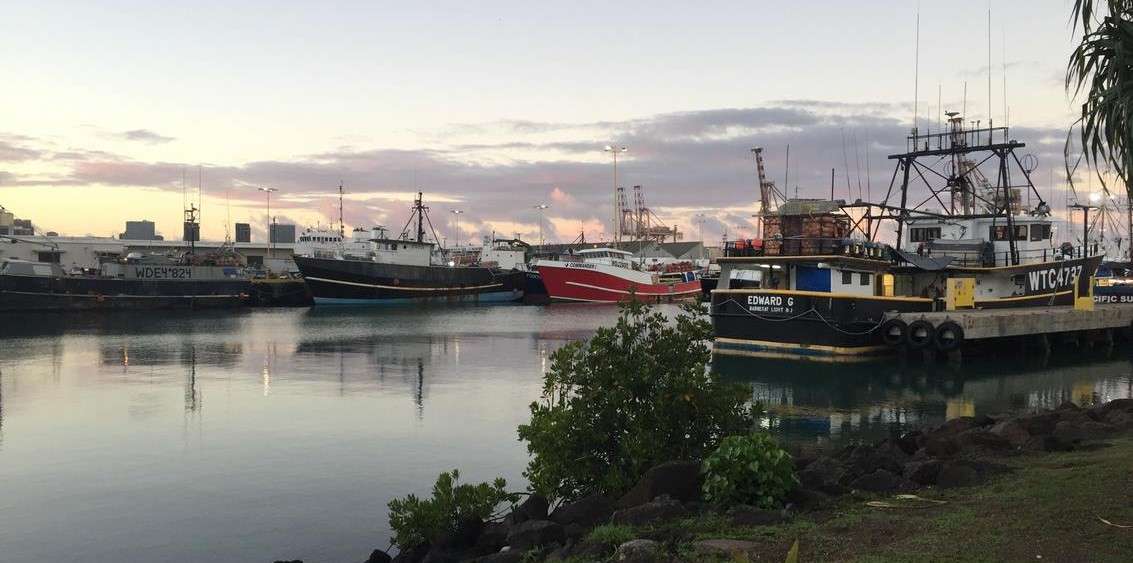The Biden Move to Allow Hearing Aids to Be Sold Over-the-Counter is Now Saving Americans Thousands
President Biden issued an Executive kick-in-the-butt Order requiring the FDA to allow over-the-counter hearing aids to save you thousands.

No-fishing zones are successfully restoring tuna while at the same time boosting the fishing industry, according to new research.
It's well-known no-fishing zones can help sedentary marine life such as coral or lobster, and now scientists at University of Hawai'i at MÄnoa have shown for the first time that they are also helping migrating fish travelling long distances.
Previously it was assumed no marine protected area (MPA) could be large enough to protect species that travel long distances, such as tuna.
But PapahÄnaumokuÄkea Marine National Monument is almost four times the size of California, and the world's largest no-fishing zone.
Scientists aboard fishing boats nearby but outside the area observed 54% more yellowfin tuna were caught, 12% more bigeye tuna and the catch rate for all other species increased by 8%.
There are huge economic benefits to the zones too-globally the tuna fishing industry generates nearly $40 billion a year and supports millions of jobs across the world.
Writing in the journal Nature, the team put the positive results down to tuna actually being homebodies, mostly living their lives in the same place.
"Over the past 30 years, we have learned that tunas do not venture as far away from home as we once thought," said Professor Jennifer Raynor at the Univ. of Wisconsin and co-author of the paper. "The Hawai'ian Islands are a nursery for baby yellowfin tuna, and it turns out that many of these fish stay in the region."
The zones have a cultural impact too because yellowfin tuna and bigeye tuna, otherwise known as 'ahi, have historically been central to Hawai'i's culture and diet.
"Being born and raised in Hawaii, I know how important Ê»ahi is to the community here," co-author Sarah Medoff, at the Univ. of Hawai'i MÄnoa. "It's not just something eaten in fancy sushi restaurants, it's the focal point of family gatherings, weddings, birthdays, graduation ceremonies and New Year's Eve parties."
"It's reassuring to know that the monument is protecting this resource for my own children and for future generations."
PapahÄnaumokuÄkea was not created to generate benefits to the local tuna fishery when it was created in 2006 and expanded in 2016-it was always intended to protect biological and cultural resources.
The area is sacred to Native Hawai'ians who co-manage the monument alongside the state of Hawai'i and the federal government.
Professor Kekuewa Kikiloi from the KamakakÅ«okalani Center for Hawaiian Studies at the University of Hawaii at MÄnoa, who was not involved in the study, said the research demonstrates just how important the protected areas in the Pacific are.
"This research by Medoff et al. reaffirms the value of large scale marine protected areas in the Pacific," he noted. "The protections that were fought for by Native Hawai'ians and other stakeholders for PapahÄnaumokuÄkea serve to benefit everyone, including fishing interests."
Say ALOHA To Your Friends With This Conservation Triumph On Social Media…
Be the first to comment